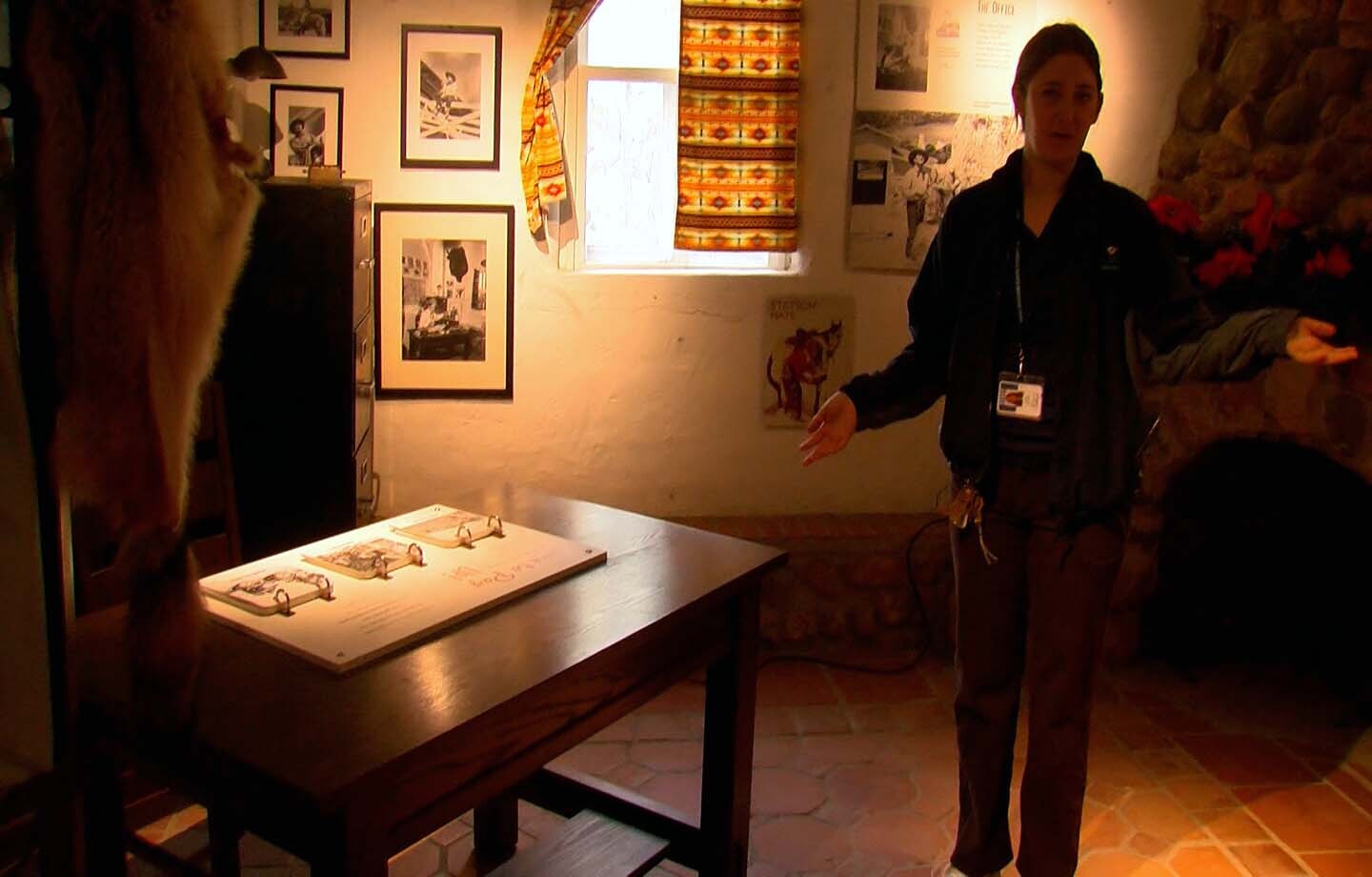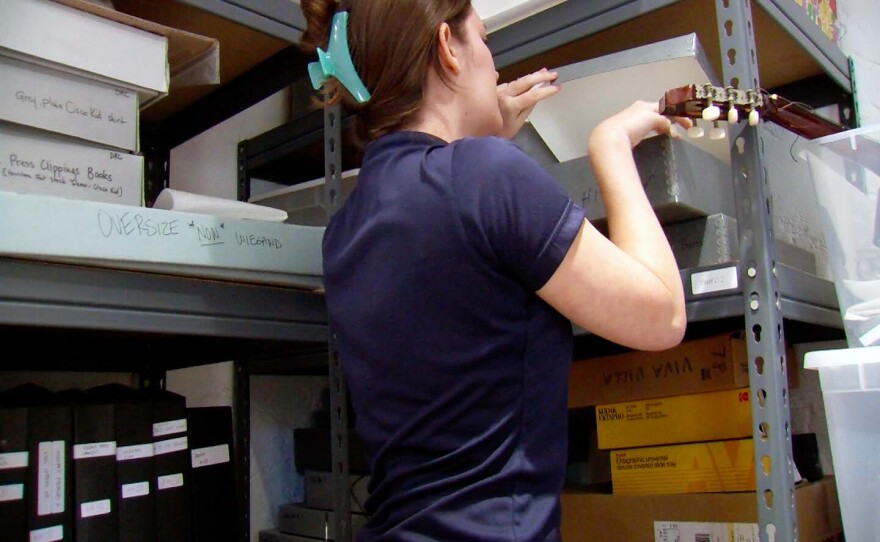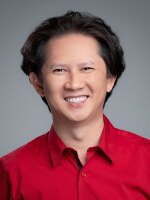Leo Carrillo was once known as Mr. California, and his longtime home was called “Carlsbad’s Sleeping Beauty.”
His home is now a public park, and his legacy and the history of Carlsbad are being brought into the digital age.
While his name is not familiar to many today, in the 1950s, Carrillo was a household name as Pancho in "The Cisco Kid," the first television series filmed in color.
“It was very popular in the 1950s, all the way through the 1960s,” said Mick Calarco, Carlsbad recreation services manager.
Before the series, Carrillo had a long career in vaudeville, radio and movies, appearing in more than 90 films. He was the grand marshal of the Tournament of Roses Parade in 1938.
Carrillo was born in Los Angeles and grew up in Santa Monica, California, where his father was the police chief and later mayor.

In 1937, he told a friend, who was a real estate agent, that he was looking for a ranch — a place to entertain guests.
“A place where he can go that has water, that he can have his livestock and his farm,” Calarco said. He oversees the Leo Carrillo Ranch Historic Park for the city of Carlsbad.
Calarco said the friend told Carrillo about a 4,500-acre ranch in eastern Carlsbad.
“Leo writes that he's driving down here in the springtime. There are flowers everywhere. He arrives here. He just falls in love with what he finds,” he said.
The land had been settled in the late 1800s by the Kelly family, who built a two-story adobe home there. The house is all that remains from that era. Much of what you see today is a result of Carrillo’s time there.
As an early preservationist and conservationist, Carrillo decided to save the adobe structure, adding a second wing and making it his home.
“By today's standards, you know, it's not so commonplace. People want to demolish them," Calarco said. “Who wants an old mud-brick building? But I think Leo understood the significance of the building and the history of it. And he loved the fact that it was adobe. It was made by hand.”
The ranch became Carrillo’s weekend getaway, but it was also a working ranch with horses and chickens. The current restrooms are on the site of the old chicken coop, and the horse stable is now a museum dedicated to Leo Carrillo.


Inside, Carrillo's office and bunk room were restored as Carrillo had them.
“We've modeled it after (a photo of) Leo Carrillo sitting at his desk writing checks, sitting right under the buffalo,” said Emily Brolaski, the archivist for the ranch.
She is responsible for the museum exhibits and the archive. For the past three years, she's been working to digitize the archive and memorabilia the park has collected.
“We've got about one-fifth of the collection online so far,” Brolaski said.
And more are being added every day. The rest are in boxes and cabinets inside a cramped office of what was once the ranch’s caretaker cottage.
The city made the digital archive available online last fall. It contains photos, letters, historical artifacts and a slice of Carlsbad’s history.
The ranch was part of the mission landholding at one point.
“Leo Carrillo's great-great-great-grandfather came over with the (Gaspar de) Portolá expedition,” Brolaski said. “And we do have some records from that. His great grandfather was — his marriage was officiated by Junípero Serra, who was kind of the spearhead of the mission movement.”
The city wanted to make the archive available online so people could access its history without leaving their homes.

“We have all these records here in the archive which kind of tell you that story of the land ownership changing,” she said.
When Carrillo died in 1961, most of the ranch was sold to developers. In 1978, Carlsbad acquired 27 acres of the ranch, which contained most of the historic buildings. Most have been restored and preserved as Carrillo had them.
The park opened to the public in August 2003. It is listed on the National Register of Historic Places and designated a California Historical Landmark. Visitors can visit this piece of California history every day from 9 a.m. to 5 p.m.
When you do visit, you’ll find this message from Carrillo himself on his doorstep:
“'Su casa, amigo.' Your house, friend,” Calarco said. “So this was Leo's welcome to his guests.”





